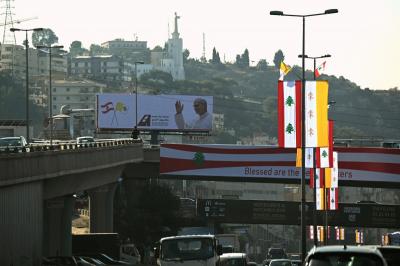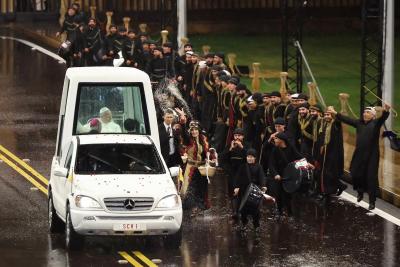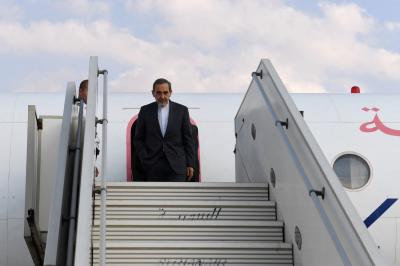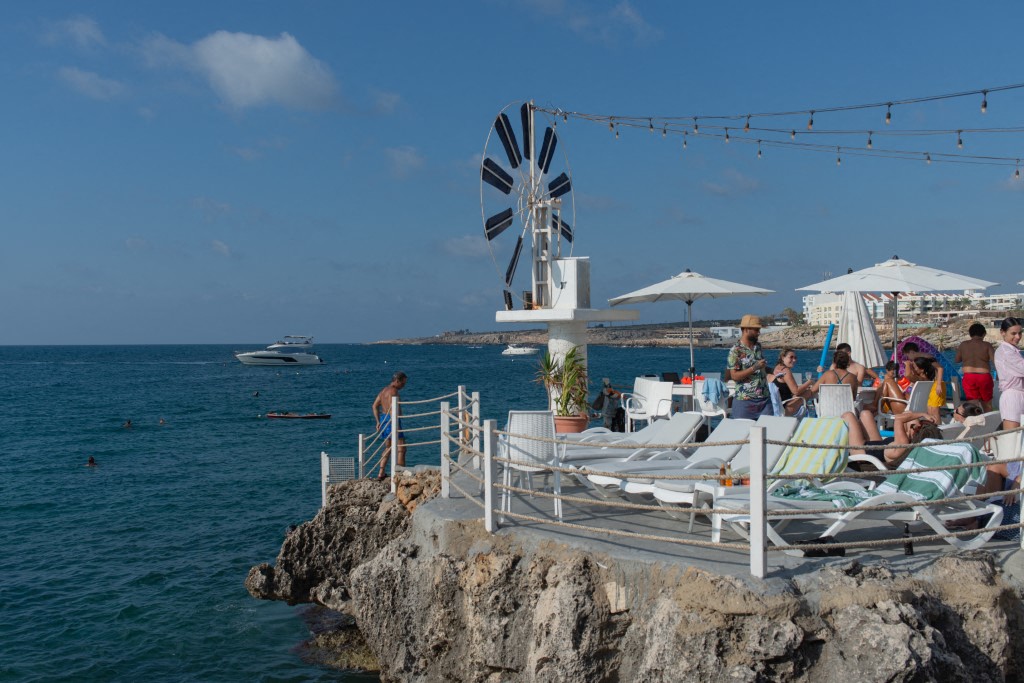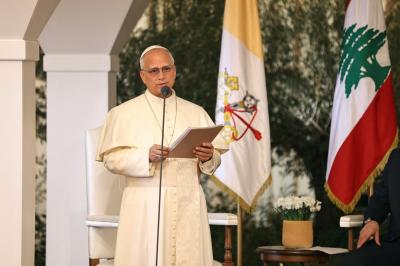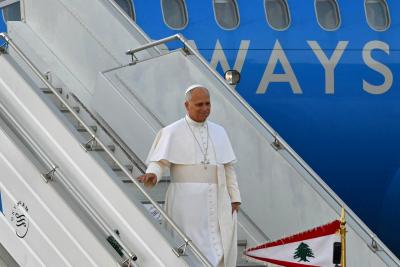Nestled in the heart of the Koura district, the town of Anfeh stretches quietly along the Mediterranean coast like a serene blue painting—one that holds within its folds a deep history and a strong sense of identity. More than just a coastal village, Anfeh is the only seaside town in the Koura district and represents a rare example in Lebanon of what integrated, sustainable tourism can look like: a model that merges natural and cultural heritage while shaping a future rooted in the authenticity of the past and mindful of the challenges of the present.
Dr. Mirna Semaan, head of the “Friends of Nature” association, tells Al-Safa News: “The name Anfeh likely derives from its unique geographical formation—perched on a rocky headland that juts out about 400 meters into the sea, shaped like a nose, as if watching the maritime horizon with timeless vigilance. This promontory gave the town a strategic location that played a significant role during the Phoenician era, when Anfeh served as an active port and a cultural passageway whose influence can still be seen in its architecture, ruins, and religious sites.”
In recent years, Anfeh has grown into a sought-after destination for both ecotourism and cultural tourism. One major driver of this transformation has been the launch of the “Anfeh Cultural Trail” by the Friends of Nature association—a walking route that allows visitors to explore the town through a rich historical and visual journey. Along the trail, several landmarks evoke ancient times, none more striking than the “Shaq” Cave, the largest and brightest in the area thanks to natural rock fissures that allow sunlight to pour in, illuminating the buried past within. Bones, pottery, and fossils found inside the cave are evidence that ancient humans once passed through, leaving traces embedded in salt and stone.
Alongside this natural wonder, Anfeh boasts two heritage churches that speak to its spiritual and religious depth. “Our Lady of the Wind” Church, built atop an ancient pagan temple, still raises its prayers over the sea rocks, while St. Catherine’s Church stands out with its Romanesque façade and southern cross. It is especially noted for its large circular “rose window”—referred to as a “prayer in stone”—the largest of its kind in churches across the Near East. With their uneven stones and irregular windows, these churches are not only places of worship but also monuments to Lebanon’s architectural dialogue and civilizational layering.
But what truly sets Anfeh apart, beyond its historical charm, is its artisanal salt-making tradition. Along its rocky coastline lie hand-carved salt pans, more than a century old, where seawater is poured and left to evaporate under the Mediterranean sun, giving birth to the prized “flower of salt”—one of the purest natural salts. This craft, passed down through generations, has become a tourist attraction in its own right, drawing those interested in traditional industries and organic products. Yet, this deeply symbolic industry faces existential threats.
Speaking to Al-Safa News, George Sleiman—a local salt producer and native of Anfeh—warns that “there’s renewed talk of a development project that would take up 900,000 square meters… leaving only 80,000 for the monastery and the salt pans.” The proposed project, though not officially announced, could jeopardize a unique cultural and environmental legacy. Sleiman also highlights environmental concerns, including waste dumping near the shoreline and the shrinking of critical ecosystems—factors that directly threaten both salt production and the local biodiversity it relies on.
In addition to these urban threats, the salt pans face economic and climate pressures. Last year alone, producers lost around 20% of their output due to shifting weather patterns—shorter seasons and denser clouds disrupting the natural evaporation process. The cost of producing a ton of local salt stands at $125, while imported salt sells in Lebanese markets for under $100, placing local producers at an unfair disadvantage. Even worse, according to Sleiman, is that the industry lacks formal recognition. “No one knows whether the salt pans fall under the Ministry of Agriculture, Public Works, or Culture,” he says, leaving them vulnerable to neglect and encroachment.
Despite all these challenges, Anfeh continues to present a unique opportunity to build a balanced tourism and development project. Here, ecotourism is not just a leisure activity but a deeply rooted experience—one based on the relationship between humans, nature, salt, and stone. Short documentaries about Anfeh have been screened at international festivals, helping introduce the world to this small town perched between sea and history.
What Anfeh needs now is not massive real estate developments or disruptive urban expansions, but rather formal recognition of its salt pans as vital heritage and industrial sites. It needs a comprehensive plan that strengthens its eco-cultural tourism appeal while ensuring the continuity and modernization of its salt industry. True development is not built on the ruins of memory, but on a solid foundation of heritage, from which economic, social, and environmental visions can grow.
Anfeh is not just a town—it is a living lab for sustainable tourism in Lebanon. A balanced model where natural beauty and cultural legacy meet artisanal craft and communal identity. If managed wisely, Anfeh could become a rare Lebanese success story in a time when success stories are few and far between.
Please post your comments on:
[email protected]
 Politics
Politics
